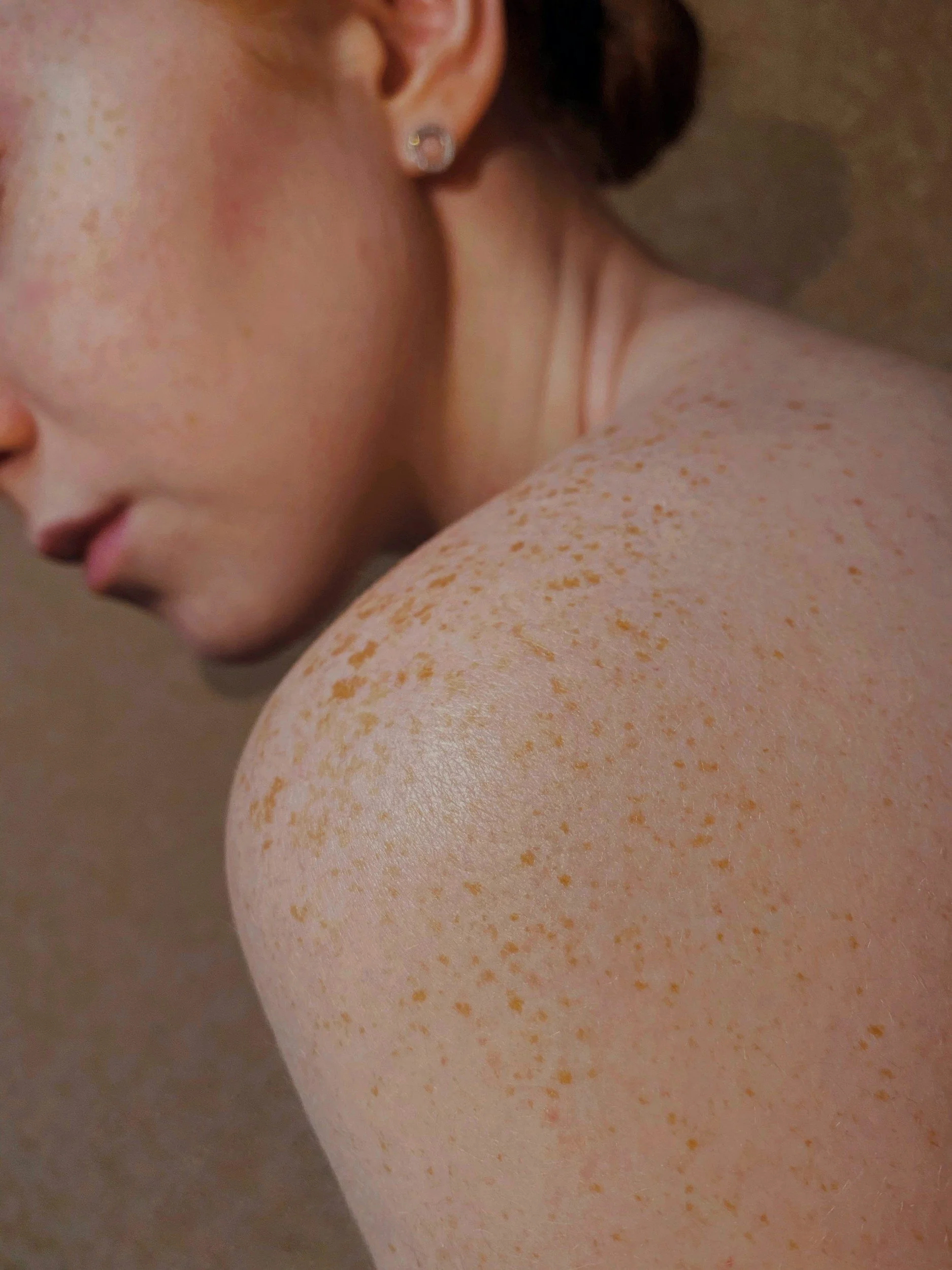Frequently Asked Questions:
General Information:
Q: What is laser hair removal?
A: Laser hair removal is a non-invasive, long-term hair reduction treatment using high-intensity light to target and destroy hair follicles.
Q: How does it work?
A: The laser emits a beam of light that selectively targets the hair follicle, heating it up and damaging the root, resulting in reduced hair growth.
Q: Is laser hair removal permanent?
A: Laser hair removal can provide permanent hair reduction, but some maintenance treatments may need be needed.
Pre-Treatment:
Q: What areas can be treated?
A: Most body areas, including underarms, arms, legs and bikini line.
Q: What is the preparation process?
A:
- Avoid waxing, tweezing, and tanning 2-4 weeks prior.
- Shave treatment area 1-2 days before.
- Remove lotion, deodorant, or jewelry.
Q: Do I need to take any medications or precautions?
A: Inform your practitioner about medications, especially those sensitive to light.
Treatment:
Q: How long does a treatment session take?
A: 15-30 minutes, depending on the treatment area.
Q: Does it hurt?
A: Treatment is virtually painless. Each pulse lasts less than a second, producing a slight tingling feeling. In particularly sensitive areas.
Q: How many sessions are required?
A: We recommend a series of 7 sessions and maintenance treatments every 2-3 months for permanent hair reduction.
Post-Treatment:
Q: What are the potential side effects?
A: Temporary side effects may include: redness, itchy skin, mild follicle swelling, irritation on treatment areas. All of which are normal.
Q: How long does it take to recover?
A: Minimal downtown; resume normal activities immediately.
Q: What aftercare is required?
A:
- Avoid direct sun exposure.
- Use sunscreen.
- Avoid hot tubs and saunas.
Result and Maintenance:
Q: When will I see results?
A: Noticeable reduction after 2-3 sessions.
Q: How long do results last?
A: Varies; maintenance treatments may be needed.
Contraindications:
Q: Who is not suitable for laser hair removal?
A:
- Pregnant or breastfeeding women.
- Those with pacemakers or metal implants.
- Certain skin conditions (e.g., psoriasis, eczema)
- Tattoos in the treatment area (may cause damage or alter ink color)

